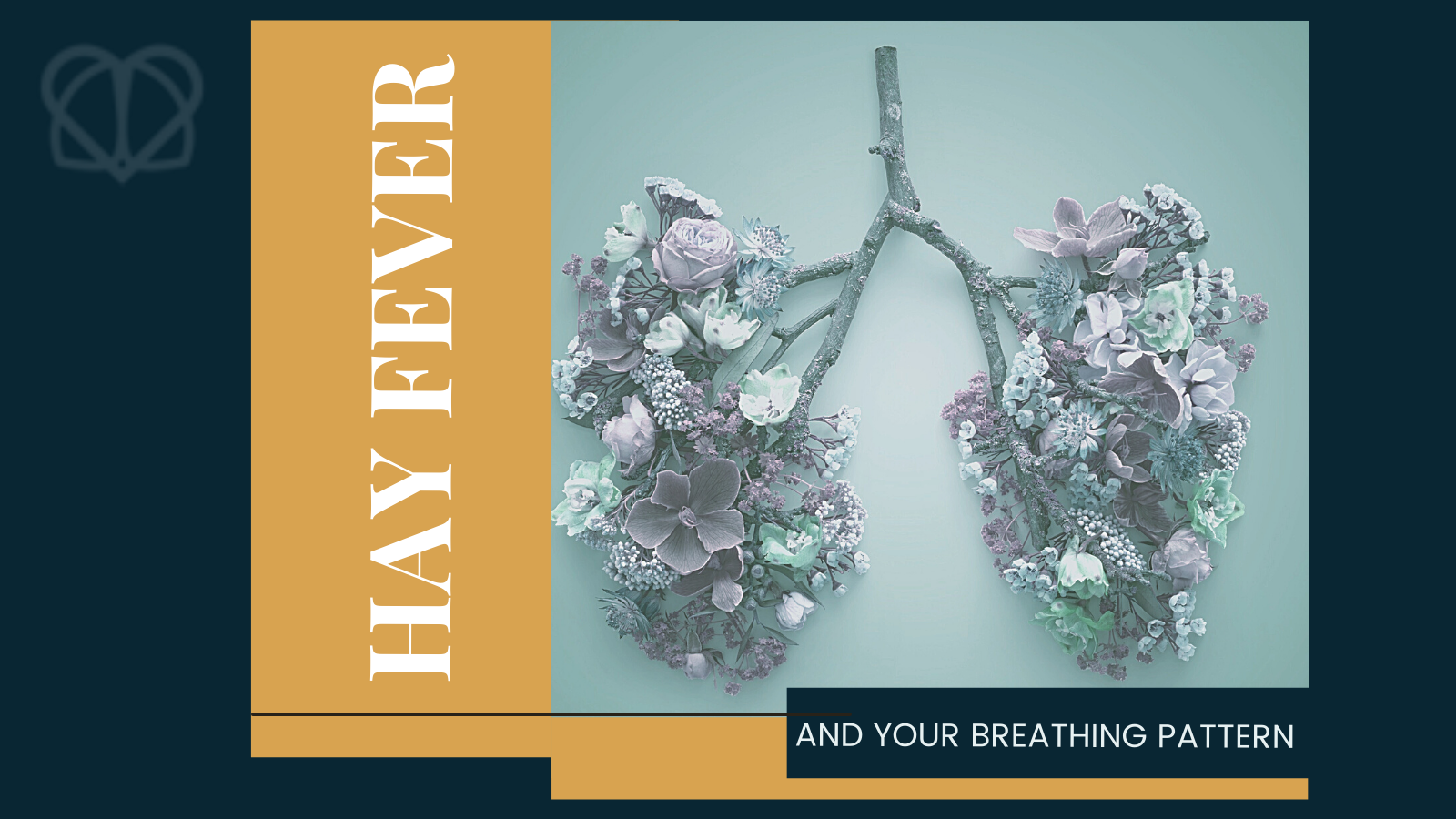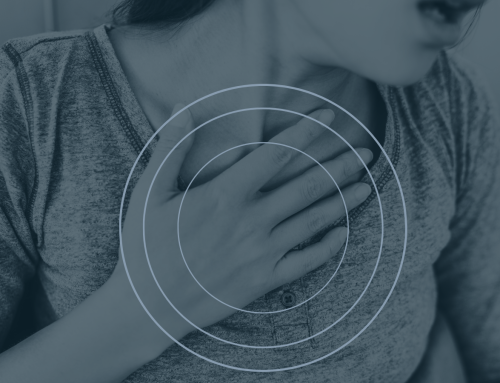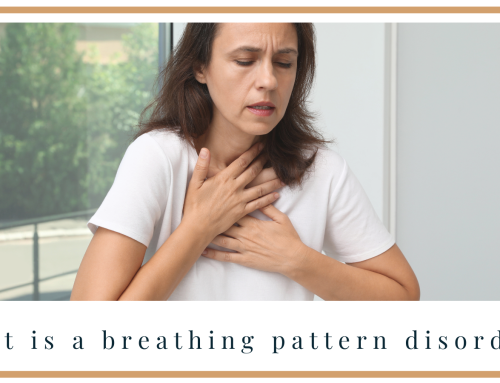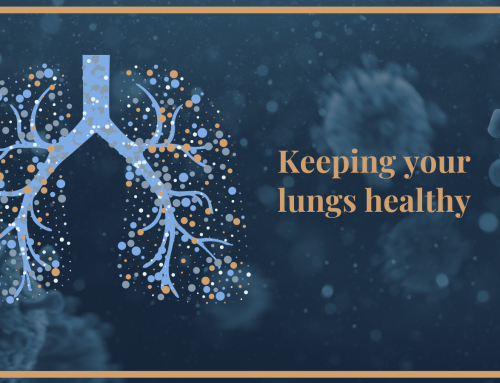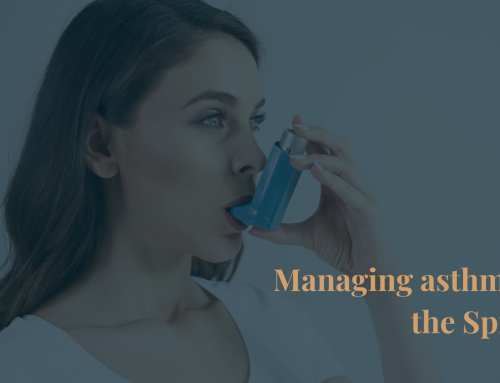2021 is proving to be particularly troublesome for those of us who suffer from hay fever!
Symptoms appear to be worse than ever. Perhaps this due to the fact that many of us have spent months indoors due to lockdown restrictions, and we are now (finally) out and about in the warmer weather when pollen counts are at their highest. The pollen counts have been extremely high in recent weeks and this has been coupled with light winds which has meant the pollen has been easily blown about. This might be responsible for why so many of us are suffering this year.
Who gets hay fever?
Hay fever can begin at any age, but most people find it begins in childhood or during the teenage years. While in children it’s more common in boys than girls, in adults both men and women are equally affected. You’re more likely to develop hay fever if you have a family history of allergies, particularly asthma or eczema.
Up to one in five people will experience hay fever at some point in their life.
Why do we get it?
Hay fever is simply an allergic reaction caused by inhaling plant pollens at certain times of the year. The UK’s season tends to run from mid-March through to September.
Different people are affected by different pollens – tree, grass and weed. Tree pollen occurs first, typically from late March to mid-May. Grass (which actually has two peaks) lasts from mid-May until July, and weed pollen covers the end of June to September.
What are the symptoms?
The unwelcome and often debilitating symptoms are:
- sneezing
- streaming and itchy eyes
- blocked or runny nose
- scratchy throat
- headache or blocked sinuses
- shortness of breath
- The sensation of mucus running down the back of the throat, referred to as ‘post-nasal drip’
- tiredness (often because quality of sleep is poor due to all the other symptoms)
What can you do to minimise your symptoms?
There are some simple changes you can make both at home and when you’re out and about to help minimise your symptoms. Read our previous blog to learn more.
Hay fever and your breathing pattern
You may not realise it but the impact hay fever has on your nose can affect your breathing pattern for the worse.
When your body overreacts to pollen, your respiratory airways become inflamed and more mucus is produced to trap the pollen particles. This causes your airways to narrow, which makes it more difficult for you to breathe. This can mean you begin to mouth breathe (rather than breathing through your nose) which can then result in the overuse of the upper part of the chest, affecting your breathing pattern.
What should you do if your breathing pattern has been affected?
If you think the way you are breathing has changed as a result of hay fever, the respiratory physiotherapists at Air Physiotherapy can help.
We do first ask that the medical management of your symptoms is optimised i.e. you are taking the relevant medications or have been seen by an allergy or ENT doctor (depending on the severity of your symptoms).
We can then help with any changes to your breathing pattern as a result of poor breathing patterns when
hay fever is at its worst.
In short – unfortunately we can’t solve/fix hay fever, but we can help your breathing pattern if it has been negatively affected by it!

